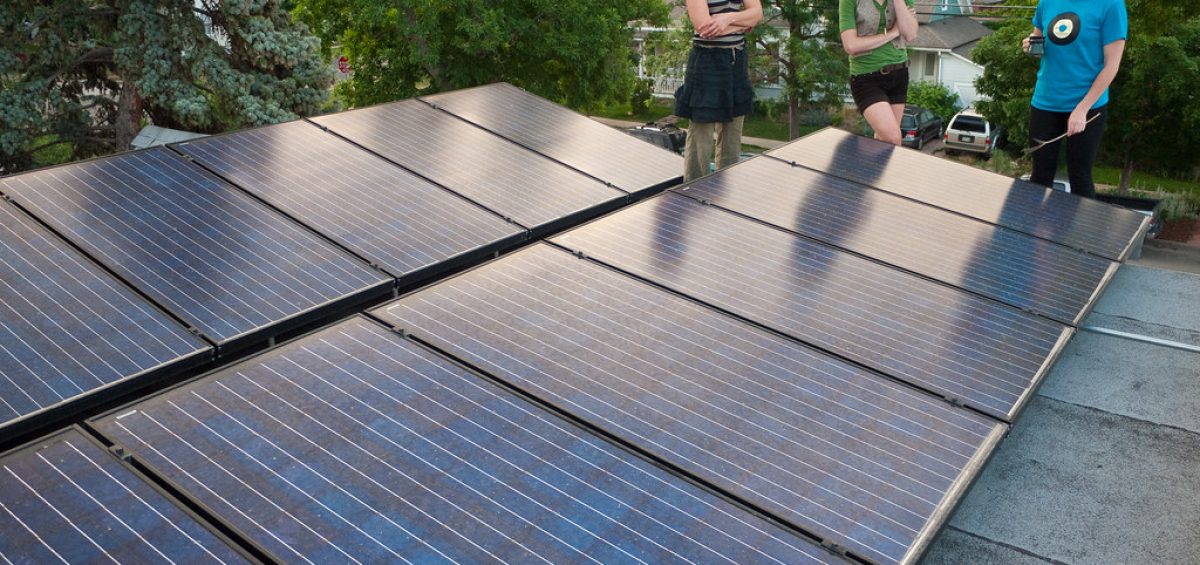Installing solar panels on a flat roof might be tricky, but it’s a great option for many homes. Unlike sloped roofs, flat roofs offer flexibility in placement, helping you get the best possible sun exposure. With the right approach, you can enjoy clean energy without disrupting the look of your home.
This guide will help you understand how flat roof installations work, what to expect, and how to make the most of your setup. Read on to learn how to take full advantage of your roof space and reduce your energy bills.
Why Flat Roofs Work Well for Solar Panels
Flat roofs give you more control over panel direction and tilt. Installers can angle the panels to face the best sunlight direction. This means better performance throughout the year compared to panels fixed on angled roofs that can’t be adjusted as easily.
Because they aren’t visible from the street, flat roof setups also maintain your home’s kerb appeal. That makes them ideal if you live in a conservation area or have local planning restrictions.
Understanding the Installation Process
Solar panels aren’t fixed flat onto the surface. They’re mounted on frames that tilt them upwards, typically at a 10 to 15 degree angle. This angle helps rain run off and stops dirt from building up. The frames are ballasted, meaning they’re weighed down rather than drilled into the roof, protecting your waterproof layer.
If your flat roof is in good condition and has no shading, you’re in a strong position to install. Your installer will check whether the structure can hold the weight and assess how much energy you can generate.
Working With the Right Installers
To make your investment worthwhile, you need an installer who understands roofing and solar regulations. This is where solar installation companies like The Little Green Energy Company prove valuable. They specialise in residential solar setups, including flat roof installations across Kent and the South East.
Their team will assess your home, explain your options, and recommend a design that matches your energy goals. From initial survey to final connection, they aim to make the process smooth and transparent.
Planning Permissions and Legal Considerations
Most homes won’t need planning permission for flat roof solar panels, as long as certain rules are followed. Panels must not exceed 200mm in height above the roof surface, and installations must be away from the edge to reduce visual impact.
That said, it’s important to double-check with your local council if you live in a listed building or designated area. A good installer will guide you through this to make sure everything is compliant.
Taking the Next Step
If your home has a flat roof and you’re thinking about solar, now’s a great time to act. You could lower your bills, cut your carbon use, and future-proof your home with a clean energy solution.
Flat roof solar panel installations aren’t just practical, but also smart. You don’t need perfect conditions or technical knowledge to get started. All you need is a trusted partner and the right advice to make the switch confidently.

